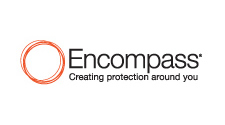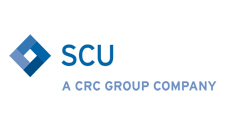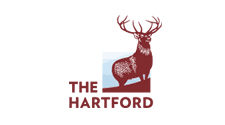Shifting Winter Storms and Hard-to-Place Property Insurance
This year, winter storms have brought tornados to the Florida panhandle, flooding to the Jersey Shore and so much snowfall to California that some people expect to be skiing until April. El Nino is at the center of the extreme weather pattern, and it is shaking up the insurance market from coast to coast.
Retail brokers and agents who work with homeowners in flood plains, coastal communities and other traditionally hard-to-place areas must approach the market with greater flexibility in order to provide coverage for their clients during El Nino flares.
Mudslides, Flooding and Wildfires
In California, beach front homes are at risk from erosion; it can lead to landslides and even homes falling into the ocean! On the opposite coast, entire sand dunes acting as a barrier in South Carolina have been swept away leaving local residents to build manmade dunes in an effort to provide protection from high tides and storm surges.
Excess flood coverage provides for replacement value, not just the cash value provided by NFIP policies, which means homeowners can truly restore their homes after flood damage.
Trombley also explained that the homeowner's policy specifically excluded damage caused by flood, surface water, waves and tidal water. It wasn't even a storm, just a rogue wave. Damage from the saltwater and sand was not covered under the homeowner's policy.
In cases like this, and even for inland properties, Kasey Vaughn, Corporate Vice President, Burns & Wilcox, suggests that the homeowner could supplement a homeowner's policy with Excess Flood coverage. "The National Flood Insurance Program (NFIP) can only offer up to $250,000 for building coverage and $100,000 for contents coverage. Providing complimentary coverage to the NFIP policy can equate to limits up to $20 million."
Vaughn continues, Excess flood coverage provides for replacement value, not just the cash value provided by NFIP policies, which means homeowners can truly restore their homes after flood damage.
Taking on Greater Risk
While the west coast is experiencing the unprecedented impact of El Nino, the gulf coast has not had a major hurricane in five years and there are more options for retail brokers and agents to place property insurance. Donna Dodd, Vice President, Personal Insurance, Burns and Wilcox, says, "The amount of capacity in the market has brought increased competition as well as new carriers wanting to write wind exposed risks."
However, since some homes in hurricane zones are vacation homes, the coverage is complicated. Vacation homes are often vacant for much of the year, which means damage can go unnoticed or increase between visits by the property owner. In addition to being geographically hard-to-place, the long stretches of vacancy need to be addressed in the coverage.
One path to finding necessary coverage for hard-to-place properties is to bundle the Property coverage with an Auto policy, Jewelry Floater or an Umbrella policy. Umbrella policies and companion pieces can help clients get a better rate,
says Dodd.
Yet, there are still some carriers reluctant to offer wind coverage on coastal properties. For those homeowners, Dodd suggests, a Wind Only policy to cover that exposure.
Across the Atlantic, Michael James, Director, North American Division at Chesterfield Group in London, agrees with Dodd. "Where there's an increasing propensity for insurable loss, there's inevitably demand for insurance," said James. In areas that
are truly uninsurable, we're likely to see the involvement of government to provide a subsidized solution to the community.
The forecast for El Nino in 2016 includes predictions for more extreme and unexpected weather patterns. In order to provide the best coverage to their clients, Dodd suggests that retail brokers and agents work closely with experienced underwriters to navigate the choppy waters in the changing forecast.







